-
 Bitcoin
Bitcoin $108,879.8879
0.11% -
 Ethereum
Ethereum $2,565.0410
0.07% -
 Tether USDt
Tether USDt $1.0001
0.00% -
 XRP
XRP $2.2915
-0.14% -
 BNB
BNB $660.7569
-0.20% -
 Solana
Solana $151.1919
-0.78% -
 USDC
USDC $1.0000
0.00% -
 TRON
TRON $0.2869
-0.14% -
 Dogecoin
Dogecoin $0.1698
-0.98% -
 Cardano
Cardano $0.5832
-0.83% -
 Hyperliquid
Hyperliquid $38.2151
-3.65% -
 Sui
Sui $2.8819
-1.10% -
 Bitcoin Cash
Bitcoin Cash $498.0045
0.53% -
 Chainlink
Chainlink $13.3860
-1.54% -
 UNUS SED LEO
UNUS SED LEO $9.0541
-0.22% -
 Stellar
Stellar $0.2535
1.00% -
 Avalanche
Avalanche $18.0791
-0.65% -
 Shiba Inu
Shiba Inu $0.0...01185
0.83% -
 Toncoin
Toncoin $2.7669
-1.12% -
 Hedera
Hedera $0.1575
-1.49% -
 Litecoin
Litecoin $86.3735
-1.06% -
 Monero
Monero $316.7337
-1.19% -
 Dai
Dai $1.0000
0.01% -
 Polkadot
Polkadot $3.3611
-0.82% -
 Ethena USDe
Ethena USDe $1.0002
0.01% -
 Bitget Token
Bitget Token $4.2618
-1.76% -
 Uniswap
Uniswap $7.4587
0.85% -
 Aave
Aave $282.3607
-1.88% -
 Pepe
Pepe $0.0...01004
-0.06% -
 Pi
Pi $0.4576
-0.29%
How to prevent the loss of assets due to damage to the storage device of the Bitcoin wallet?
2025/03/25 02:00
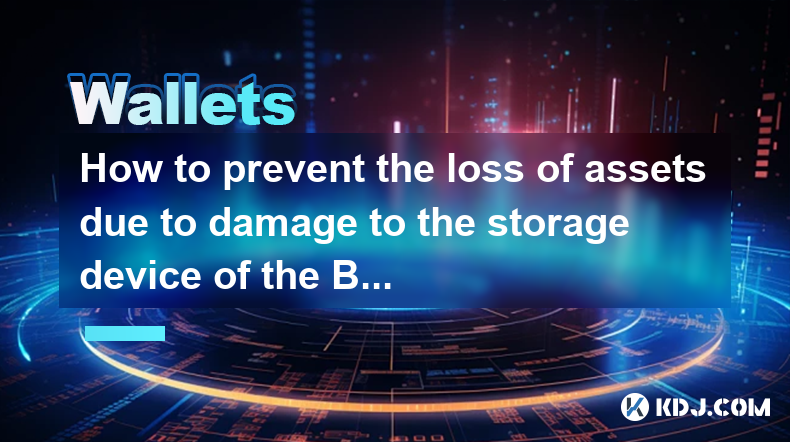
How to Prevent the Loss of Assets Due to Damage to the Storage Device of the Bitcoin Wallet?
Losing your Bitcoin due to a damaged storage device is a terrifying prospect for any cryptocurrency holder. This article explores various strategies to mitigate this risk, focusing on preventative measures and recovery options within the cryptocurrency ecosystem. The security of your Bitcoin is paramount, and understanding these methods is crucial.
Understanding the Risks:
The primary risk lies in the physical vulnerability of your storage device. Hard drives, USB drives, and even smartphones can fail due to physical damage, software corruption, or simply wear and tear. If your Bitcoin wallet's private keys are stored solely on this compromised device, access to your funds is jeopardized. This isn't just about accidental damage; theft or loss of the device is equally dangerous.
Backup, Backup, Backup:
This is the single most important preventative measure. Never rely on a single copy of your Bitcoin wallet's seed phrase or private keys. Multiple backups stored in different, secure locations are vital.
- Multiple Physical Copies: Write down your seed phrase on several pieces of paper. Store these in different, physically secure locations, ideally in fireproof and waterproof containers. Consider using a safety deposit box for one copy.
- Digital Backups (with caution): Encrypt and store a digital copy on a cloud storage service, but only after carefully considering the security implications. Remember that cloud services are vulnerable to hacking and data breaches.
- Hardware Wallets: Consider using a hardware wallet, a dedicated device designed for secure cryptocurrency storage. These devices provide an extra layer of security against software vulnerabilities and physical damage. Always back up the recovery phrase provided with the hardware wallet.
Choosing Secure Storage Media:
The choice of storage medium impacts the resilience of your backups.
- Paper Wallets: While offering strong security against digital attacks, paper wallets are vulnerable to physical damage, fire, and water. Consider using archival-quality paper and multiple copies.
- Metal Backups: Engraving your seed phrase onto metal is a more durable option than paper, offering greater resistance to damage.
- Encrypted USB Drives: While convenient, encrypted USB drives can be lost or stolen. Always encrypt them and use strong passwords.
Regularly Verify Your Backups:
It's crucial to periodically check your backups to ensure they remain intact and readable. This helps catch errors early and prevents future headaches. Try restoring your wallet from a backup to verify its functionality. Don't do this with your main wallet; use a test wallet if possible.
Hardware Wallet Considerations:
Hardware wallets are generally considered the safest option. However, they're not invulnerable.
- Physical Security: Protect your hardware wallet from physical damage, theft, and unauthorized access.
- Firmware Updates: Regularly update the firmware of your hardware wallet to benefit from security patches and improvements.
- Backup Seed Phrase: The recovery phrase is critical; lose it, and you lose your Bitcoin.
Software Wallet Security:
If you use a software wallet, prioritize security.
- Strong Passwords: Use strong, unique passwords and enable two-factor authentication (2FA) wherever possible.
- Reputable Wallets: Only use reputable and well-established software wallets.
- Regular Updates: Keep your software wallet updated with the latest security patches.
What to Do if Your Storage Device Fails:
If your primary storage device fails, immediately consult your backups. If you have multiple backups, try restoring your wallet from each one, checking for consistency.
Beyond Hardware and Software:
Beyond the physical storage of your keys, consider other aspects of security.
- Operational Security: Be vigilant about phishing scams and malware. Avoid clicking suspicious links and only download software from trusted sources.
- Password Management: Use a password manager to securely store and manage your passwords and seed phrases.
Frequently Asked Questions:
Q: What if I lose my seed phrase? A: If you lose your seed phrase and haven't made backups, recovering your Bitcoin is extremely difficult, if not impossible. Your funds are likely lost.
Q: Can I recover my Bitcoin if my hardware wallet is damaged? A: If you have backed up your recovery phrase, yes. You can use this phrase to restore your wallet on a new device. If not, recovery is highly unlikely.
Q: Are cloud backups safe? A: Cloud backups offer convenience but carry risks. Choose reputable providers with strong security measures, but understand that data breaches are still possible. Encryption is essential.
Q: What's the best way to store my seed phrase? A: There's no single "best" method. A combination of physical backups (paper, metal) stored in separate, secure locations offers the strongest protection.
Q: How often should I back up my wallet? A: Back up your wallet immediately after setting it up and then regularly, at least annually, or whenever you make significant changes to your wallet.
Q: Is using a hardware wallet completely safe? A: Hardware wallets significantly reduce the risk, but they are not foolproof. They can be lost, stolen, or physically damaged. Always back up your recovery phrase.
免责声明:info@kdj.com
所提供的信息并非交易建议。根据本文提供的信息进行的任何投资,kdj.com不承担任何责任。加密货币具有高波动性,强烈建议您深入研究后,谨慎投资!
如您认为本网站上使用的内容侵犯了您的版权,请立即联系我们(info@kdj.com),我们将及时删除。
- Kraken,后机翼和Memecoins:狂野前往新加坡大奖赛!
- 2025-07-09 00:50:12
- Cronos SkyOlocket:解码CRO的加密速度的原因
- 2025-07-09 01:30:12
- 以太坊的华尔街Love&Ruvi AI的审计集会:加密鸡尾酒
- 2025-07-09 00:55:12
- 具有增长潜力的加密硬币:精明投资者的首选
- 2025-07-09 01:35:13
- Onyxcoin(XCN)vs. Solana(Sol):加密游戏中的一个有希望的赌注?
- 2025-07-09 00:30:12
- PI Network的供应激增:价格问题的秘诀?
- 2025-07-09 02:10:13
相关百科

如果我忘记了我的特佐尔密码短语会发生什么
2025-07-09 03:15:08
理解三倍密封词的作用如果您使用Trezor硬件钱包,则可能已经设置了一个密码,作为恢复种子以外的额外安全性。与您的设备随附的12或24字恢复短语不同, Trezor密码短语就像隐藏的钱包修饰符一样。输入时,它会创建一个全新的钱包推导路径,这意味着如果没有正确的密码,您将无法访问关联的资金。此附加单词...
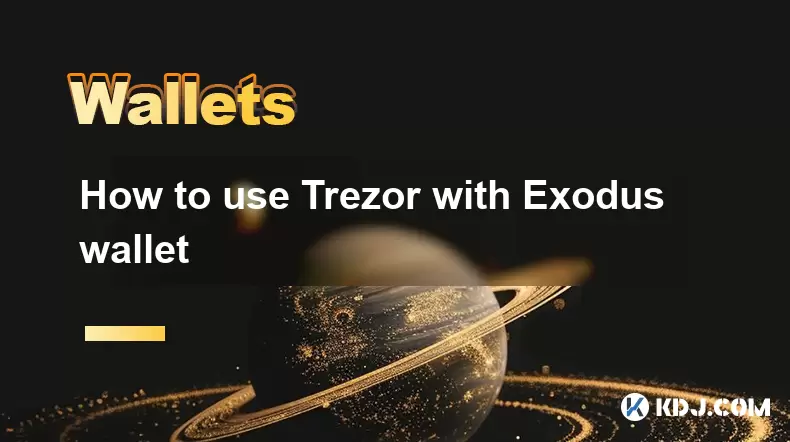
如何将Trezor与Exodus Wallet一起使用
2025-07-09 00:49:34
将Trezor硬件钱包连接到出埃及软件钱包要将Trezor与Exodus Wallet一起使用,用户需要将硬件钱包连接到Exodus提供的软件接口。这种集成允许增强安全性,同时通过用户友好的界面管理数字资产。该过程涉及几个关键步骤,每个步骤都必须仔细遵循以确保安全和功能的连接。使用USB电缆插入Tr...
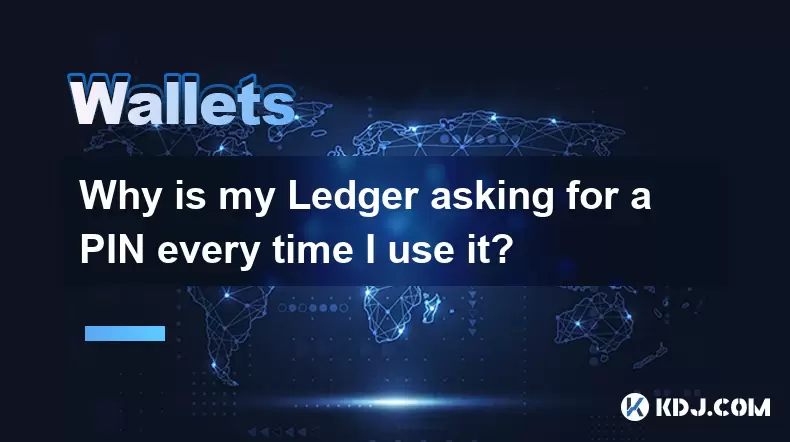
为什么我的分类帐每次使用时都要求销钉?
2025-07-08 23:21:50
了解分类帐设备上的针的目的PIN(个人身份证号码)是每个分类帐硬件钱包中内置的至关重要的安全功能。它的主要功能是保护您的设备免于未经授权的访问。首次设置分类帐时,提示您创建一个独特的引脚代码,该代码是加密货币持有的第一层防御层。这种机制确保了即使某人物理可以访问您的分类帐设备,他们也无法在不知道正确...
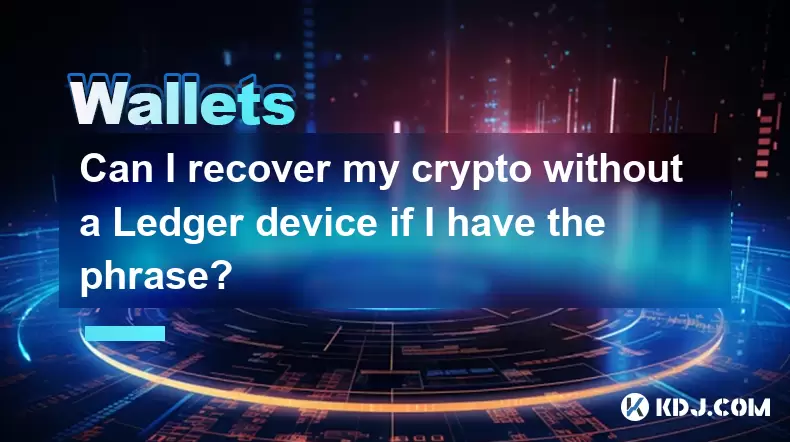
如果我有短语,我可以在没有分类帐设备的情况下恢复加密货币吗?
2025-07-09 01:36:01
了解恢复短语在加密安全性中的作用如果您有恢复短语但没有账本设备,则可能想知道是否有可能恢复加密货币。简短的答案是肯定的,如果您有恢复短语,则可以在没有分类帐设备的情况下恢复加密货币。这是因为恢复短语(也称为种子短语)是钱包私钥的人类可读形式。包括分类帐在内的大多数硬件钱包都使用称为BIP-39的标准...
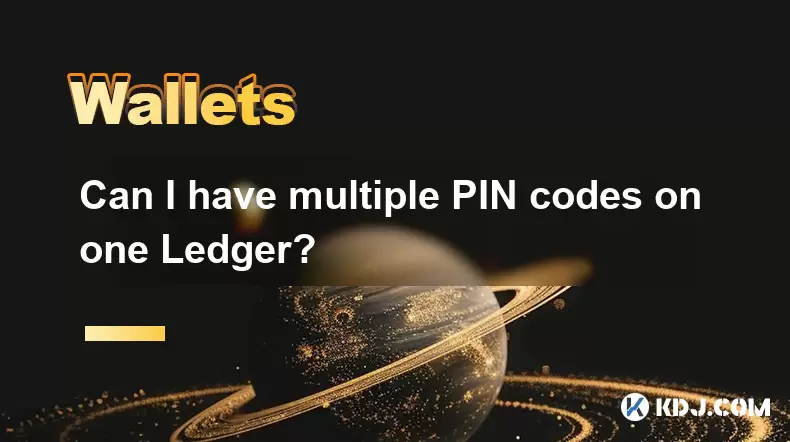
我可以在一个分类帐上有多个PIN代码吗?
2025-07-09 00:35:18
了解分散交流(DEX)的基础知识分散的交换或DEX是一种无中央权威运作的加密货币交易平台。与传统的集中交易所(CEXS)不同,DEX允许用户直接从其钱包进行交易,而无需将资金存入交易所本身。这种结构增强了安全性并降低了对手的风险,因为用户在整个交易过程中保留对其私钥的控制权。智能合约权力大多数分散的...
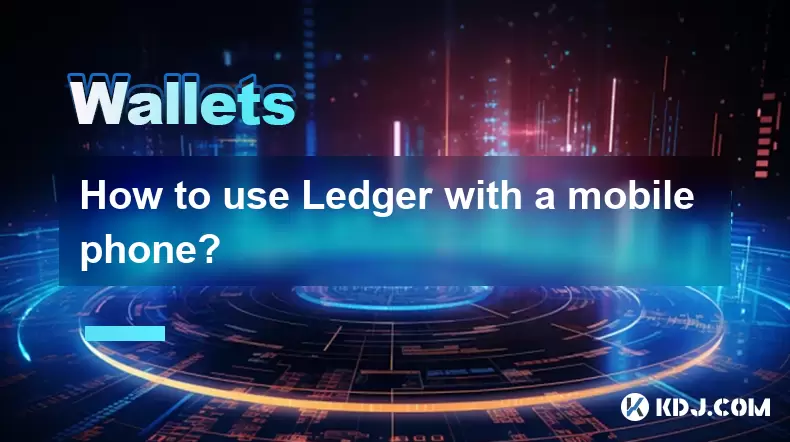
如何将Ledger与手机一起使用?
2025-07-08 22:49:45
将分类帐硬件钱包连接到移动设备使用手机使用分类帐硬件钱包,提供了一种安全便捷的方法来管理途中的加密货币。首先,请确保您的移动设备满足必要的要求:Android 8.0或更高或运行iOS 13.0或以后的iOS设备。 LEDGER LIVE应用必须从相应的App Store安装。使用适当的电缆将您的分...

如果我忘记了我的特佐尔密码短语会发生什么
2025-07-09 03:15:08
理解三倍密封词的作用如果您使用Trezor硬件钱包,则可能已经设置了一个密码,作为恢复种子以外的额外安全性。与您的设备随附的12或24字恢复短语不同, Trezor密码短语就像隐藏的钱包修饰符一样。输入时,它会创建一个全新的钱包推导路径,这意味着如果没有正确的密码,您将无法访问关联的资金。此附加单词...

如何将Trezor与Exodus Wallet一起使用
2025-07-09 00:49:34
将Trezor硬件钱包连接到出埃及软件钱包要将Trezor与Exodus Wallet一起使用,用户需要将硬件钱包连接到Exodus提供的软件接口。这种集成允许增强安全性,同时通过用户友好的界面管理数字资产。该过程涉及几个关键步骤,每个步骤都必须仔细遵循以确保安全和功能的连接。使用USB电缆插入Tr...

为什么我的分类帐每次使用时都要求销钉?
2025-07-08 23:21:50
了解分类帐设备上的针的目的PIN(个人身份证号码)是每个分类帐硬件钱包中内置的至关重要的安全功能。它的主要功能是保护您的设备免于未经授权的访问。首次设置分类帐时,提示您创建一个独特的引脚代码,该代码是加密货币持有的第一层防御层。这种机制确保了即使某人物理可以访问您的分类帐设备,他们也无法在不知道正确...

如果我有短语,我可以在没有分类帐设备的情况下恢复加密货币吗?
2025-07-09 01:36:01
了解恢复短语在加密安全性中的作用如果您有恢复短语但没有账本设备,则可能想知道是否有可能恢复加密货币。简短的答案是肯定的,如果您有恢复短语,则可以在没有分类帐设备的情况下恢复加密货币。这是因为恢复短语(也称为种子短语)是钱包私钥的人类可读形式。包括分类帐在内的大多数硬件钱包都使用称为BIP-39的标准...

我可以在一个分类帐上有多个PIN代码吗?
2025-07-09 00:35:18
了解分散交流(DEX)的基础知识分散的交换或DEX是一种无中央权威运作的加密货币交易平台。与传统的集中交易所(CEXS)不同,DEX允许用户直接从其钱包进行交易,而无需将资金存入交易所本身。这种结构增强了安全性并降低了对手的风险,因为用户在整个交易过程中保留对其私钥的控制权。智能合约权力大多数分散的...

如何将Ledger与手机一起使用?
2025-07-08 22:49:45
将分类帐硬件钱包连接到移动设备使用手机使用分类帐硬件钱包,提供了一种安全便捷的方法来管理途中的加密货币。首先,请确保您的移动设备满足必要的要求:Android 8.0或更高或运行iOS 13.0或以后的iOS设备。 LEDGER LIVE应用必须从相应的App Store安装。使用适当的电缆将您的分...
查看所有文章

























































































